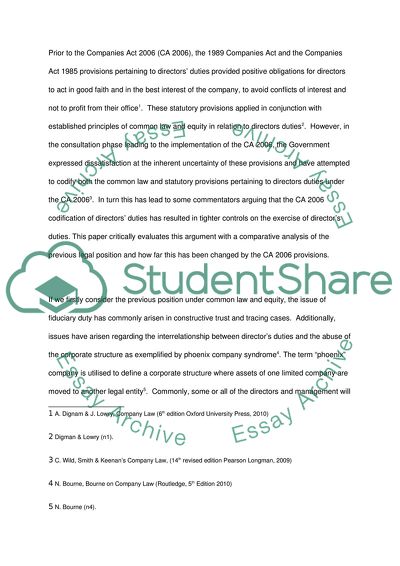Cite this document
(A Comparative Analysis of the Previous Legal Position and How It Was Assignment - 1, n.d.)
A Comparative Analysis of the Previous Legal Position and How It Was Assignment - 1. Retrieved from https://studentshare.org/law/1748086-company-assignment
A Comparative Analysis of the Previous Legal Position and How It Was Assignment - 1. Retrieved from https://studentshare.org/law/1748086-company-assignment
(A Comparative Analysis of the Previous Legal Position and How It Was Assignment - 1)
A Comparative Analysis of the Previous Legal Position and How It Was Assignment - 1. https://studentshare.org/law/1748086-company-assignment.
A Comparative Analysis of the Previous Legal Position and How It Was Assignment - 1. https://studentshare.org/law/1748086-company-assignment.
“A Comparative Analysis of the Previous Legal Position and How It Was Assignment - 1”, n.d. https://studentshare.org/law/1748086-company-assignment.


